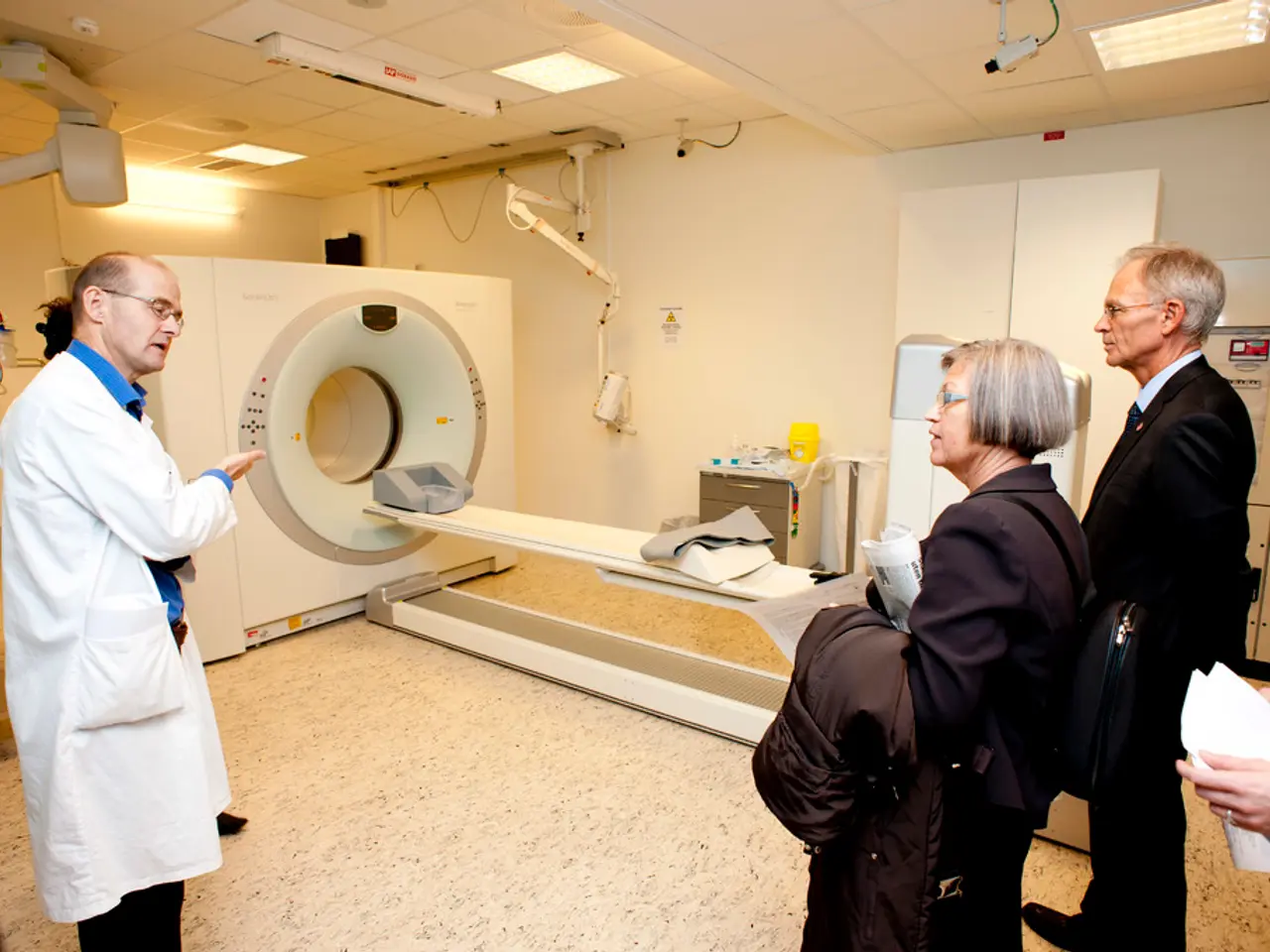Body Responses:
Electric shocks can have far-reaching effects on the human body, affecting various systems such as the neurological, cardiovascular, muscular, and respiratory systems. Here's a closer look at the potential long-term complications:
## Long-term Effects
1. **Neurological Complications:** Electric shocks can cause nerve damage, leading to chronic pain, numbness, or muscle weakness. In severe cases, like lightning strikes, injuries can result in encephalopathy, hemorrhage, myelopathy, and long-term cognitive or motor disabilities.
2. **Cardiovascular Complications:** Electrical injuries can lead to arrhythmias due to cardiac myocyte damage, though long-term cardiac sequelae are rare. Ventricular fibrillation, a potentially fatal arrhythmia, can occur.
3. **Muscular and Skeletal Complications:** Electric shocks can lead to muscle weakness and pain due to direct damage to muscle tissues.
4. **Respiratory Complications:** Although lung tissue is a poor conductor, the chest wall muscles can be paralyzed, leading to respiratory arrest if the current path crosses the thorax.
5. **Psychological Effects:** Psychological symptoms such as depression and anxiety can arise later and may be chronic.
6. **Other Complications:** - Skin and tissue damage: Burns from electrical injuries, especially high-voltage burns, can be severe and require surgical intervention. - Vision problems: In cases of lightning strikes, vision problems can persist in about half of the survivors.
The severity of long-term effects depends on factors such as voltage, current, frequency, duration, pathway, and resistance. High-voltage injuries often result in more severe external damage, while low-voltage injuries can cause significant internal damage.
In general, an electric shock occurs when an electric current passes from a live outlet to part of the body. At 0.2 to 2 mA, an electrical sensation occurs. Electric shocks can cause injuries that are not always visible, and depending on how high the voltage was, the injury may be fatal.
Anyone who thinks that a person has had a severe electric shock should call 911 right away. Even after a minor shock, a person should see a doctor. At 22 mA, a person may be unable to let go for 99% of adults. At 20 to 50 mA, possible seizures occur. At 6 to 10 mA, the minimum let-go threshold for adults is reached.
The severity of electric shock injuries can be affected by various factors. Not everyone who experiences an electric shock needs to visit the emergency department. People should call 911 if someone experiences a high-voltage shock (1000 V or more) or a low-voltage shock that causes a burn. If a person experiences a low-voltage shock with no burn injury, they should visit a doctor to check for any damage.
A 2017 study found that people who had received an electric shock were no more likely to develop heart problems within 5 years of the incident than those who had not. High-voltage shocks or electrical burns require immediate medical attention.
The following table shows the body's response to different intensities of current, using milliamps (mA) as the measurement:
| Intensity (mA) | Response | |----------------|----------| | 0.2 - 2 | Electrical sensation | | 1 - 2 | Painful shock | | 3 - 5 | Let-go threshold (children) | | 6 - 10 | Let-go threshold (adults) | | 20 - 50 | Possible seizures | | 50 - 100 | Possible life-threatening heart rhythms | | 22 | Unable to let go (99% of adults) |
The symptoms of electric shock can include burns, irregular heartbeat, seizures, tingling or prickling sensations, loss of consciousness, headaches, and more. The let-go threshold is the level where a person's muscles contract, meaning that they are unable to let go of the electrical source until someone safely removes it. Industrial and power lines may carry more than 100,000 V.
- Neurological diseases such as AQ can potentially be a long-term complication from electric shocks, leading to chronic pain, numbness, or muscle weakness.
- Diseases like colitis and Crohn's can have an altered onset or worsened symptoms after an electric shock due to the stress on the digestive system.
- HIV-positive individuals may experience an increase in viral load after an electric shock due to the stress on the immune system.
- Bipolar individuals may experience a worsening of their symptoms after an electric shock due to the increased stress on the nervous system.
- Eczema sufferers may experience a flare-up of their skin condition after an electric shock due to the trauma on the skin.
- Electric shocks can contribute to degeneration of various tissues, leading to complications in conditions like multiple sclerosis, spondylitis, and degenerative disc disease.
- NSCLC (non-small cell lung cancer) patients may experience worsened symptoms or accelerated progression of their disease after an electric shock due to the stress on the respiratory system.
- Hepatitis patients may experience a worsening of their liver function after an electric shock due to the stress on the liver.
- Macular degeneration may be hastened by the increased oxidative stress caused by an electric shock.
- Type 2 diabetes patients may experience a worsening of their symptoms after an electric shock due to the stress on the endocrine system.
- Ankylosing spondylitis patients may experience a worsening of their symptoms after an electric shock due to the stress on the musculoskeletal system.
- Ulcerative colitis patients may experience a flare-up of their condition after an electric shock due to the stress on the digestive system.
- Depression can be a long-term effect of electric shocks, especially in individuals who were already at risk for the condition.
- Migraine sufferers may experience an increased frequency of migraines after an electric shock due to the stress on the nervous system.
- The predictive model for electric shock injuries shows that burns, irregular heartbeat, seizures, and tingling sensations can all be potential long-term complications.
- Medical-conditions such as type 1 diabetes, epilepsy, and heart disease may be triggered or worsened by an electric shock due to the stress on various systems.
- CBD, a compound found in cannabis, is being researched for its potential therapeutic uses in treating neurological disorders, chronic diseases, mental-health conditions, and health-and-wellness issues resulting from electric shocks and other medical conditions.




